
Karl Pearson
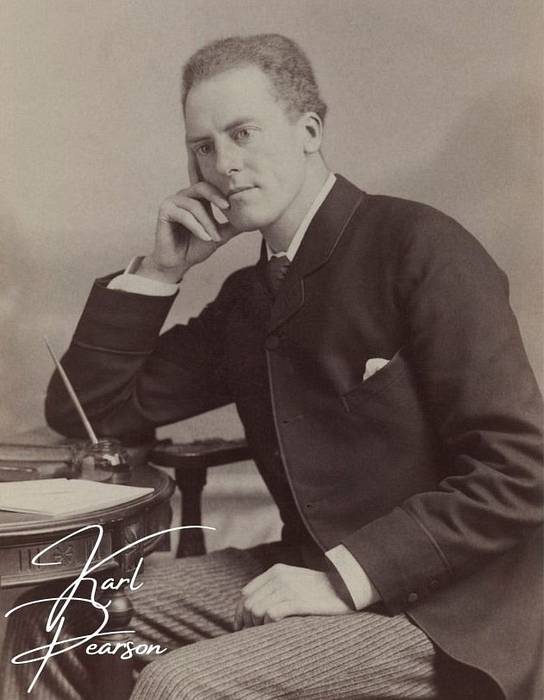
Karl Pearson He was a British scientist and mathematician born in London in 1857. His main contributions to science include his studies on statistical methods. In addition, he is considered the founder of biostatistics.
Pearson grew up in a very religious family, but while still very young he abandoned those beliefs and focused on science as the only way to know reality. In this way, he was a firm follower of the theories about evolution and inheritances developed by Charles Darwin..
After teaching at several prestigious British educational institutions, Pearson devoted himself to researching eugenics at the University of London. In this center, he founded a department of applied statistics that included a biometric laboratory.
From this position he conducted research that would lead to the birth of biostatistics and great advances in psychometry. For this scientist, not only physical characteristics were inherited, but also others such as creativity, intelligence, ability and even poverty.
Biography
Pearson came into the world on March 27, 1857, in London, England. His upper-class family had strong religious convictions and showed a clear puritanical tendency..
The real name of the future scientist was Carl Pearson. Later, the University of Heidelberg made a mistake when the young man enrolled and changed his name to Karl.
For a few years, he used both variants, but already in 1884 he definitively adopted Karl's as a tribute to Karl Marx.
Education
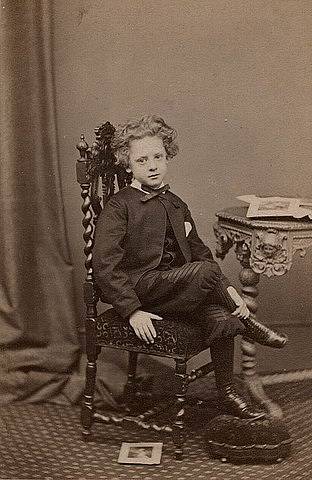
During his first years of life, Pearson was educated at home. Afterwards, he entered the University College School in London, where he remained until he had to leave it at the age of 16 due to illness. His family then had to hire a private tutor to help him complete his education..
In 1875, the King's College of the prestigious University of Cambridge awarded him a scholarship to continue his training. Pearson, in addition to studying Mathematics, was interested in subjects such as philosophy and religion. Regarding his training, the scientist stated in later years that "in Cambridge I studied Mathematics, but I read the works of Spinoza".
When he was 22 years old, Pearson distanced himself from the Christianity that his family professed. Instead, he focused on science and science-based free thinking.
First jobs
At the end of his educational stage at Cambridge in 1879, Pearson spent time in Germany. In that country, specifically at the University of Heidelberg, he studied Physics and Metaphysics. His next destination was Berlin, where he studied Law, German Literature and Medieval History..
His results were outstanding and he received an offer to take over Germanic studies at the University of Cambridge..
However, Pearson preferred to join the I Temple, a professional association in which he studied law. The scientist finished this specialty in 1881, although he never practiced the profession.
In 1885, he became Professor of Mathematics at University College. In 1888, he accepted the post of professor of the same subject at King's College. It was at this institution that he began to collaborate in research on biometrics and evolutionary theory..
Weldon and Galton
In the early 1890s, Pearson came into contact with two scientists who would be instrumental in his work: Frank R. Weldon and Francis Galton.
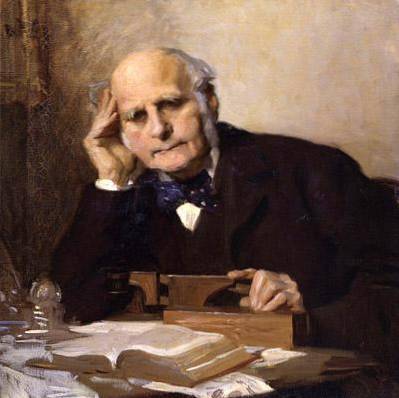
The first, a zoologist, published in 1890 the work Natural Heritage, which included some contributions from Pearson in the field of correlation and regression.
In 1891, Pearson went on to work as Professor of Geometry at Gresham College. There he collaborated intensively with Weldon, whom he assisted in the subjects of biometrics and evolutionary theory. This collaboration lasted until 1906, when Weldon passed away..
Francis Galton, Darwin's cousin, became Pearson's protector after the two met and his figure was decisive in his research career.
Marriage
Karl Pearson's personal life also changed in 1890. That year, he married Maria Sharpe, whom he had met at a club that he had founded with the intention that there would be a place where men and women could argue with freedom, the Men and Women's Club.
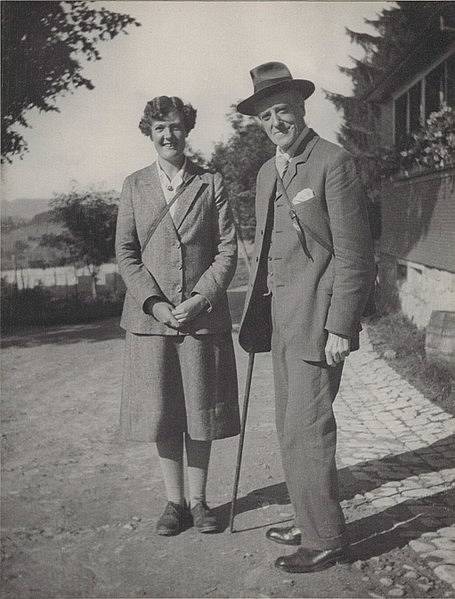
This marriage, from which three children were born, lasted until 1928, when Sharpe passed away. Pearson remarried the following year to Margaret Child.
Heredity and eugenics
After Francis Galton died in 1911, Pearson began working on a biography of his partner. This work had three volumes that included letters, photographs, comments and genealogy.
Part of Galton's estate went to the University of London, with the purpose of creating a research laboratory on eugenics. Pearson became the head of that investigation and formed a department of applied statistics.
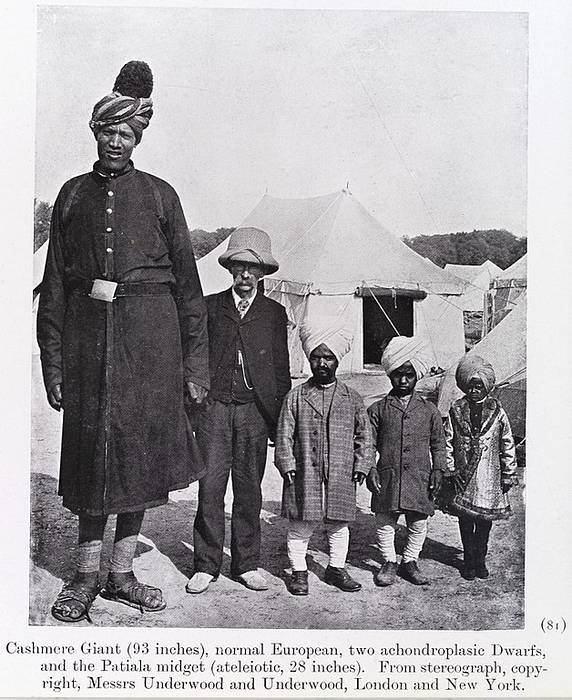
Pearson spent the rest of his working life dedicated to these investigations. In 1933, he left the department, although he continued working until April 27, 1936, the day he died in the English capital..
Rejection of decorations
In addition to his scientific work, Pearson was known for his social commitment. In this field, his lectures on women's rights stood out at a time when the suffrage movement (which called for the right to vote for women) was on the rise in Great Britain..
Pearson declared himself a socialist and a follower of the ideas of Karl Marx. This led him to reject decorations such as that of Officer of the Order of the British Empire, in 1920, and his appointment as a Knight, in 1935..
Pearson's contributions to science
Mathematical statistics
Karl Pearson is considered to be one of the fathers of mathematical statistics. His works were fundamental for the development of this discipline throughout the 20th century. His contributions include the definition of the correlation, the standard deviation and the regression analysis..
Biostatistics
The scientist applied his knowledge of mathematical statistics to biology, thus creating biostatistics. This discipline soon began to be applied to studies on biological inheritance, medicine and health services.
Biostatistics has had one of its main practical applications in drug development. Likewise, it has been used when trying to understand various diseases.
Psychometrics
Pearson also dedicated part of his work to psychometrics, a discipline that consists of measuring the qualities of a person through a series of tests.
The results of these measurements are useful in many areas. Can be used, for example, in talent search.
Pearson's interest in these types of measurements stemmed from his strong advocacy of eugenics. The scientist thought that characteristics such as creativity, intelligence, criminality or poverty were, in part, inherited. Pearson argued that it was possible to eliminate negative characteristics and keep positive ones.
The grammar of science
Pearson's best known work was The grammar of science, a book that influenced the works of Albert Einstein.
In this book, Karl Pearson affirmed that the natural laws had a relative character that depended on the capacity of perception of the observer. Likewise, it also included reflections on the fourth dimension, antimatter and the "wrinkles" of time..
Biometrika
In 1901 Pearson, Weldon, and Galton founded the journal Biometrika after a work from the former was rejected by official experts. Given this, the three scientists created a publication that would allow them to directly publicize their findings.
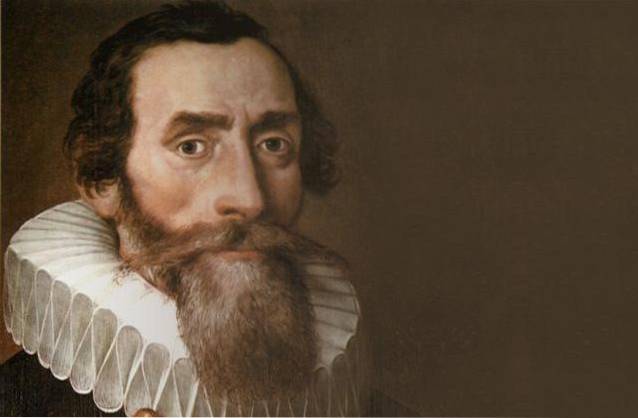
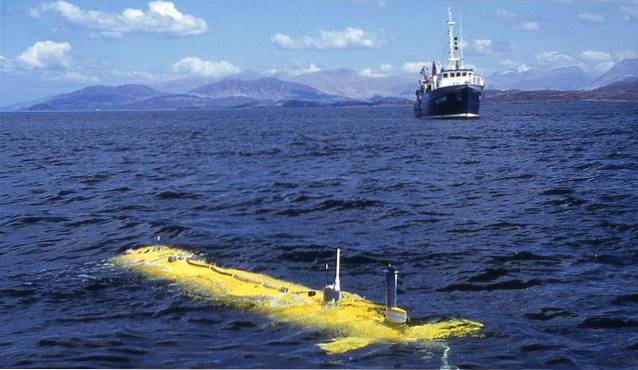
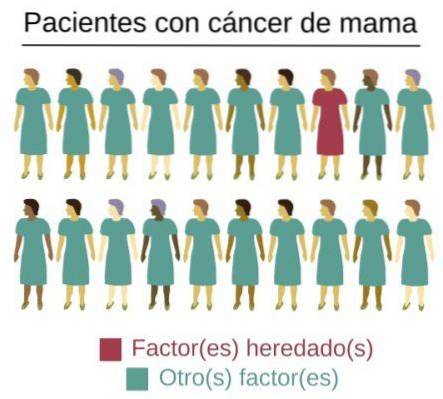
Yet No Comments